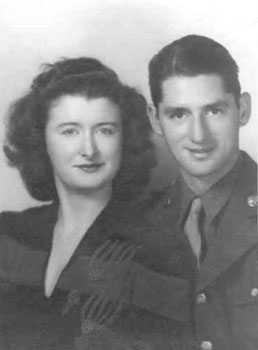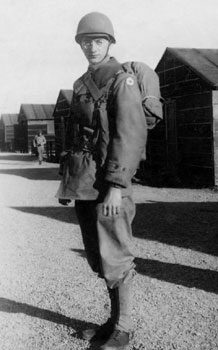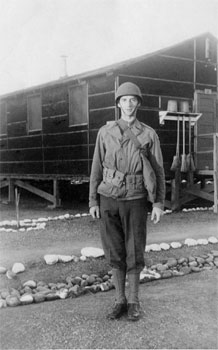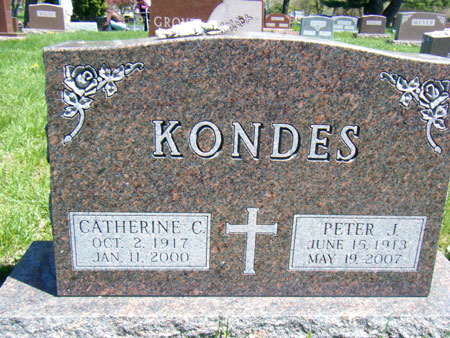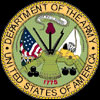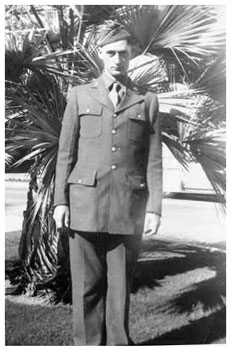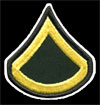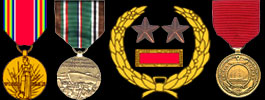| North
High School Wall of Honor James Peter Kondes Class of June, 1931 |
 |
||||||||||||||||||||||||||||||||||||||||||||||||||||||||||||||||||||||||||||||||||||||
| Research done by Claradell Shedd, Class of 1953. | |||||||||||||||||||||||||||||||||||||||||||||||||||||||||||||||||||||||||||||||||||||||
|
|||||||||||||||||||||||||||||||||||||||||||||||||||||||||||||||||||||||||||||||||||||||
|
|||||||||||||||||||||||||||||||||||||||||||||||||||||||||||||||||||||||||||||||||||||||
| 3183rd Signal
Corps Company/1944 During early 1945 new Signal Corps units came into China, India, and Burma, and older units reorganized.Units arriving in April and May 1945 included four signal service companies – the 3340th, the 3152nd, 3182nd, and 3183rd. In early April, General Reeder, the India-Burma chief signal officer, transferred the 432nd Signal Heavy Construction Battalion (Aviation) to the China Theater to help extend the long intertheater pole line eastward from Kunming to Tu-shan. By May, the China Theater was asking General Reeder for the 96th and 988th Signal Battalions as well. Despite these transfers to China, the India-Burma Signal Corps troop strength at the end of the war stood at 687 officers and 11,980 enlisted men.76 In May 1945, General Reeder was appointed G-4 on the staff of General Sultan, commander of the India-Burma Theater. Colonel Petzing was named chief signal officer of that theater, succeeding Reeder. The long pole line remained a major signal effort in those lands. Military demands upon its circuits continued to grow. The demand upon the facilities of the Army Airways Communications System (AACS) “has now reached a point,” General Reeder commented on 19 May, “where they cannot clear PX’s over the hump by radio in time to beat the planes in.” India, Burma, and China theater commanders preferred wire line teletypewriter service, and Reeder intended they should have it. “The coordination of Hump Lift and Hump Allocations, and the supply services,” he added, “literally demand fine communication between the depots of Calcutta and Chabua and the China SOS in Kunming.” Suddenly in August the war ended. Allied effort in the CBI had kept the enemy out of India, driven him out of Burma, and maintained encouragement and assistance to China. In all this, General Reeder felt that the help to China in signal matters compared well with the work of others. “The splendid plans which were laid in the past (most of it due to [Henry L.] Page King, Neal, and Petzing),” he had written to General Ingles in February 1945, “are coming to fruition. As a result we are able to implement the Chinese plans better with troops than are most of the branches here.” General Reeder had foreseen that the pole line in China might never meet a war need, but he saw other values that it might have. “Any pole line construction will ... be of service after the war to the Chinese government and to the Chinese people,” he said. If these communications facilities provided by the Signal Corps helped strengthen good relations between the United States and the Chinese, he felt all the effort and cost were well spent |
|||||||||||||||||||||||||||||||||||||||||||||||||||||||||||||||||||||||||||||||||||||||
|
|||||||||||||||||||||||||||||||||||||||||||||||||||||||||||||||||||||||||||||||||||||||
|
|||||||||||||||||||||||||||||||||||||||||||||||||||||||||||||||||||||||||||||||||||||||
|
|||||||||||||||||||||||||||||||||||||||||||||||||||||||||||||||||||||||||||||||||||||||
|
|||||||||||||||||||||||||||||||||||||||||||||||||||||||||||||||||||||||||||||||||||||||
|
|||||||||||||||||||||||||||||||||||||||||||||||||||||||||||||||||||||||||||||||||||||||
| Died:May 19, 2007 in Des Moines, IA | |||||||||||||||||||||||||||||||||||||||||||||||||||||||||||||||||||||||||||||||||||||||
| Music: "Wind Beneath My Wings" | |||||||||||||||||||||||||||||||||||||||||||||||||||||||||||||||||||||||||||||||||||||||
| Home
|
Back/allyears |
WWI |
WWII |
Korea |
Vietnam |
Afghanistan/Iraq |
Lyrics
|
Refs/Awards |
Contact ©2018-csheddgraphics All rights reserved. All images and content are © copyright of their respective copyright owners. |
|||||||||||||||||||||||||||||||||||||||||||||||||||||||||||||||||||||||||||||||||||||||
